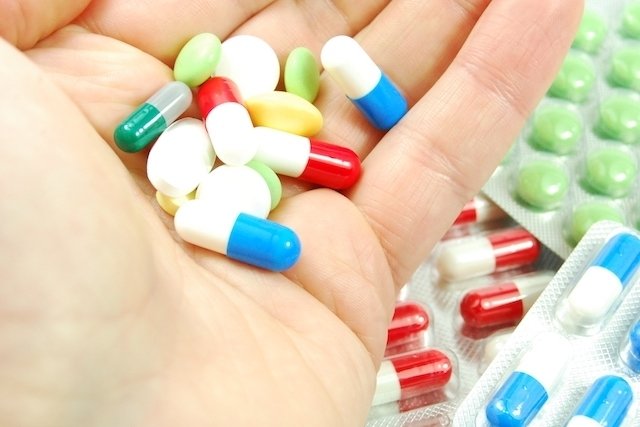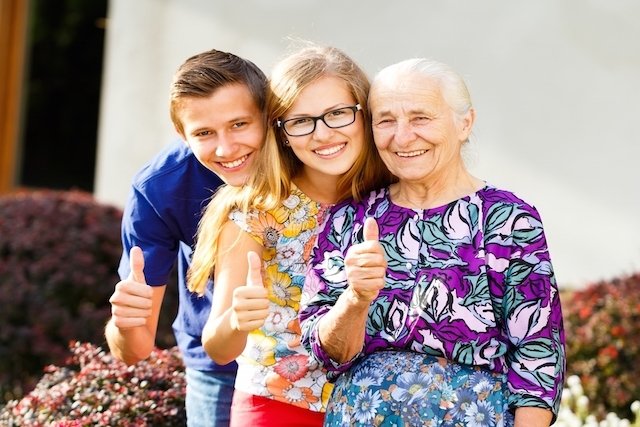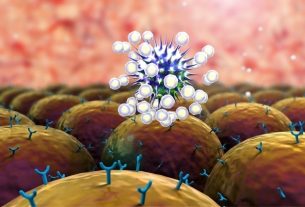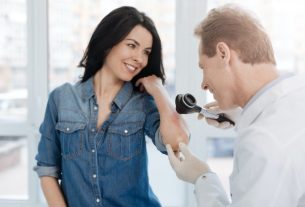Treatment for Parkinson’s disease, or Parkinson’s disease, includes the use of medications, prescribed by a neurologist or geriatrician, such as Levodopa, Pramipexole and Seleginine, for example, which help reduce symptoms by increasing dopamine and other neurotransmitters in the brain. , which are reduced in people with this disease. In some cases, the doctor may also recommend the use of anxiolytics, antidepressants or antipsychotics, for example, according to the symptoms presented by the person.
In cases where there is no improvement with the use of these medications, it is also possible to perform a surgical procedure, called deep brain stimulation, which can regress some symptoms and reduce the necessary dose of medication. In addition, the practice of physiotherapy, occupational therapy and physical activity are also important to help improve strength and balance, reinforcing autonomy.

1. Medicines
After diagnosing the disease, the neurologist may prescribe the daily use of medications, which can be provided by the SUS or purchased in private pharmacies, such as:
- Levodopa;
- Anticholinergics (biperiden, benzatropine, trihexyphenidyl and procyclidine)
- Amantadina;
- Monoamine oxidase B inhibitors (selegilina);
- Catechol-O-methyl transferase inhibitors (tolcapona, entacapona);
- Dopamine agonists (pergolida, bromocriptina, pramipexol, ropinirol).
In general, the most commonly used medication is Levodopa, however, the doctor will decide which combinations to recommend, depending on the general state of health, the stage of the disease, the time of day when symptoms intensify and the side effects of the medications.
Furthermore, to treat other conditions such as depression, agitation and insomnia, common in this disease, the doctor may prescribe other types of medication, such as antidepressants, antipsychotics and anxiolytics.
2. Physiotherapy
Physiotherapy treatment can be started as soon as the diagnosis is confirmed, being a good way to help stimulate movement and the person’s quality of life, as it improves strength, coordination and range of movements, reducing the natural imbalance of the disease. and preventing contractures and falls. Sessions can be daily or at least twice a week. See more about physiotherapy for Parkinson’s.
Other important ways to stimulate people with Parkinson’s are speech therapy, to improve vocal capacity, hoarseness and swallowing capacity, as well as occupational therapy and physical activity, as they help to stimulate independence, the ability to carry out daily activities and the self-care.
3. Surgery
The surgical procedure to treat Parkinson’s is deep brain stimulation, performed in cases in which there is no improvement with the use of medications or when they are no longer effective.
This technique consists of placing a small electrode in the region of the brain affected by the disease, and helps to reduce or regress some symptoms, improving the person’s quality of life.
4. Natural treatment
Natural treatment does not replace drug therapy and can be used as a complement to help alleviate some of the symptoms of a Parkinson’s patient.
Therefore, it is possible to invest in foods rich in vitamin E, consuming vegetable oils and fruits such as avocado, as well as vegetables and fruits, as they contain neuroprotective antioxidant properties. Passion fruit leaf tea is a good way to calm and relax people with Parkinson’s, in moments of anxiety and agitation.
A nutritionist will be able to indicate how to adapt the diet, in order to make eating easier and combat common symptoms such as heartburn, constipation and lack of appetite. Therefore, in more advanced cases, it is recommended to opt for foods that are easy to swallow and that reduce the risk of choking, such as thick soups, blended smoothies, fruit smoothies, purees and broths, for example, and the meat must already be cut or shredded on the plate to make chewing easier.
Another natural way that can help reduce symptoms related to Parkinson’s is acupuncture, which is a type of alternative treatment that promotes relief from body pain, stiffness and some symptoms related to sadness and depression.

Sign up for our newsletter and stay up to date with exclusive news
that can transform your routine!
Warning: Undefined array key "title" in /home/storelat/public_html/wp-content/plugins/link-whisper-premium/templates/frontend/related-posts.php on line 12
Warning: Undefined array key "title_tag" in /home/storelat/public_html/wp-content/plugins/link-whisper-premium/templates/frontend/related-posts.php on line 13





